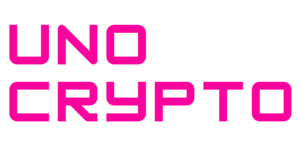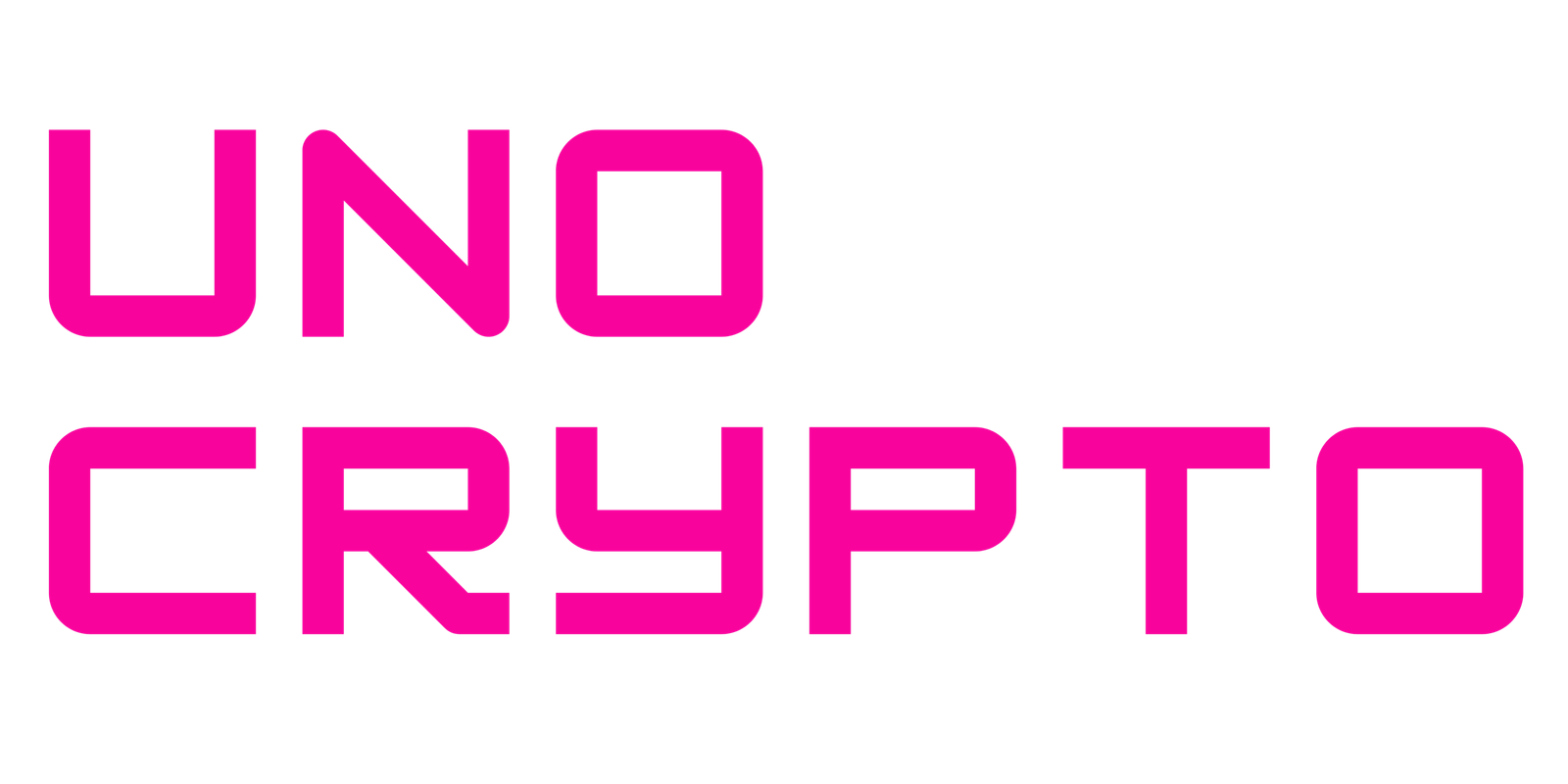Charles Hoskinson, the founder of Cardano, spoke in an 18‑minute podcast on X(Twitter) this week.
He shared ideas for a decentralised Sovereign Wealth Fund (SWF) for the Cardano community. The goal is to use the fund’s assets to help grow and protect the ecosystem over time.
Inspiration from National Wealth Funds
Hoskinson compared the Cardano SWF to Norway’s sovereign fund. He said countries use these pools to invest for future gains. He proposed doing something similar with Cardano’s treasury. This way, the community can build a lasting source of income.
He suggested converting about $100 million worth of ADA into stablecoins and Bitcoin. The mix would spread risk and earn yield. Over five to ten years, the yield could buy back ADA and boost the token’s value.
Hoskinson stressed that patience is key and that reinvesting gains each year would build a strong financial base for Cardano.
Current Treasury and Idle Funds
Cardano’s treasury holds around 1.7 billion ADA, worth over $650 million today. Hoskinson pointed out that much of this sits unused. He argued the ecosystem misses out on opportunities by leaving funds idle. Turning part of the treasury into active investments would put the money to work.
Also Read: Charles Hoskinson Says Cardano Is Still Number 1, Amid Price Slipping 10% In A Week
Other blockchains are making similar moves. Avalanche has set aside $50 million to bring tokenised assets on‑chain. Ethereum and Solana have deep liquidity pools that fuel DeFi. Hoskinson said Cardano can match these systems if the community acts on his plan.
Community Engagement and Governance
Hoskinson urged the Cardano community to use Intersect, the governance body for treasury funds. He said Intersect exists to approve such proposals and allocate resources.
Without active participation, new ideas cannot move forward. He expressed frustration over low engagement in recent governance votes.
Stablecoin Infrastructure
He highlighted USDM, Cardano’s native stablecoin backed 1:1 with U.S. dollars. Issued by Mehen, USDM lives fully on‑chain. Anchoring $100 million of ADA into USDM could strengthen stablecoin liquidity. This boost would help market‑making and trading on Cardano’s network.
Earlier, Hoskinson criticised Circle, the issuer of USDC. He argued that Circle’s actions have harmed the broader cryptocurrency market. He raised concerns about how Circle handles hard forks and exerts control over USDC. His remarks reflect his wider stance on preserving decentralisation.
Hoskinson’s vision for a Cardano SWF hinges on community action and long‑term thinking. By diversifying assets and reinvesting yields, the ecosystem could secure steady growth and greater stability.
The next steps lie in governance votes and hands‑on support from ADA holders. If the community unites behind this plan, Cardano could see a new era of financial strength.


